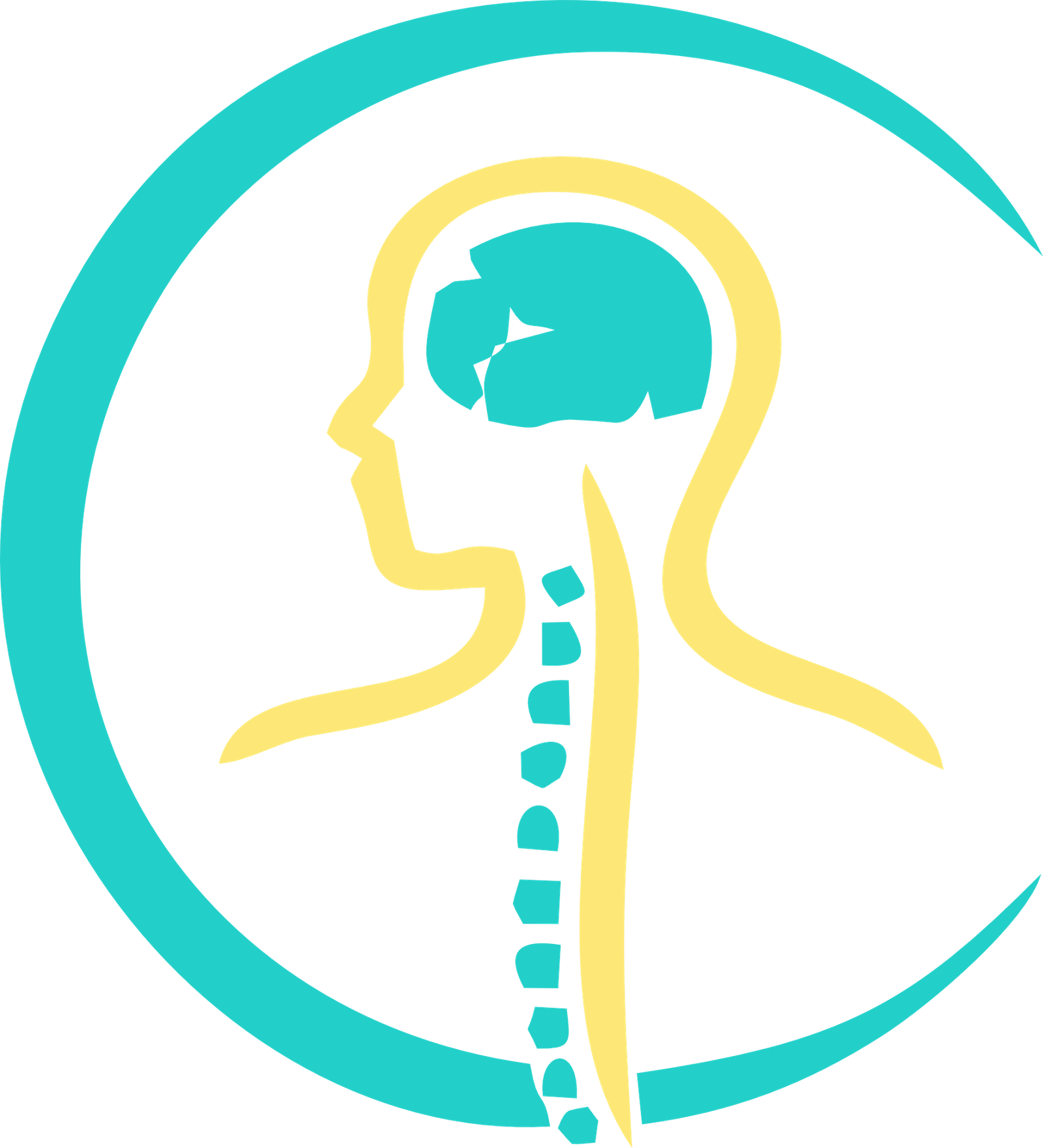facial nerve conduction study with blink reflex
facial nerve conduction study with blink reflex
Facial nerve conduction study with blink reflex is a diagnostic procedure used to evaluate the integrity of the facial nerve (cranial nerve VII) and the reflex arc involving the trigeminal nerve (cranial nerve V). This test examines the neural pathway that governs the blink reflex, tracing its course from the trigeminal nerve (responsible for facial sensation) to the facial nerve, which controls facial muscle movement, via the brainstem.

Why Is the facial nerve conduction study with blink reflex test Performed?
This test plays a crucial role in diagnosing a variety of conditions, including:
Facial Nerve Palsy or Paralysis: To confirm nerve damage or dysfunction in conditions like Bell’s palsy.
Brainstem Lesions : Helps in identifying disorders like Horner’s syndrome, where brainstem damage affects sympathetic nerve function.
Blepharospasm: Detects abnormal involuntary muscle contractions of the eyelids, often linked to dystonia or other neurological disorders.
Coma Assessment : Evaluates reflex activity to determine the level of neurological response, especially when the patient is unable to forcibly close the eyes.
Collier’s Sign : Assesses eyelid abnormalities such as unusual upward or downward displacement, which may indicate a midbrain lesion, inflammation, or pressure on cranial nerves.
During the test, a neurophysiology specialist will place small electrodes on specific areas of your face to record electrical signals. The procedure involves delivering mild electrical stimuli through the trigeminal nerve. While this may cause slight discomfort or a tingling sensation as the current passes through your nerves, the test is well-tolerated by most patients. The entire procedure typically takes around 30 minutes to complete.
Yes, the facial nerve conduction study with blink reflex is considered a safe diagnostic tool with no known significant risks or long-term side effects. Minor discomfort from the electrical stimulation or electrode placement may be experienced, but this resolves immediately after the procedure. The test provides critical information about neural function, helping healthcare providers accurately diagnose and manage conditions affecting the cranial nerves and brainstem.

